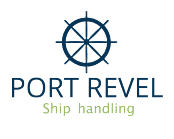History of the Port Revel Center
"Innovation is above all a matter of vision. From the early 1960s, our Esso customers were convinced that in the field of maritime transport safety would become a major issue. For their part, Sogreah engineers, now Artelia, had the intuition to offer models with embedded drivers instead of smaller and more economical remote models. Port Revel was born from this meeting between the need of our client and the ingenuity always awake of our teams."
Jacques GAILLARD - Co-President of Artelia
1953
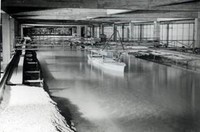
Probably Sogreah's first ship (at Laboratoire Dauphinois d'Hydraulique) : the Sovac Comet, a 30 000 t tanker.
1954
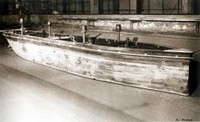
The Esso France, a 47 000 t tanker with, for the first time, a crew on board (to perform measurements).
1958
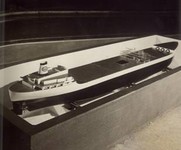
The Pembrokeshire, then prosaically named PR 1116, a 70 000 t tanker at scale 1/40, later changed into
1960
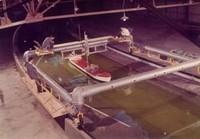
The Pembroke in the Suez Canal study: with 3 observers scrutinizing ...
1965
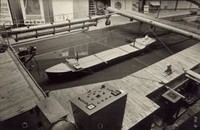
The Pembroke is now named "Kiel" for the bank erosion study in the Kiel Canal. The model is self-propelled, but guided by cables.
1966
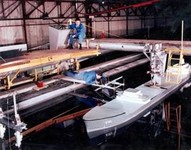
The Pembroke once more, here being used for "psychological tests" aiming at convincing Esso to launch the Port Revel operation.
3 Octobre 1966

Further psychological tests, now on the Lake of Revel. In front of JP. Gamot (former CEO of Sogreah) the Brunsbüttel, which served in the Kiel Canal study in 1965.
1966
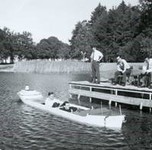
The Pembroke convinces ...
Décembre 1966
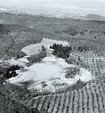
The lake is partly emptied and works begin in the "Terres Froides" (Cold Lands)...
1967
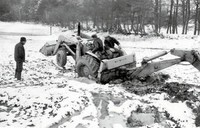
Works begin in the Terres froides
Février 1967

The Brittany model is well under construction: lots of manpower ...
Mars 1967

Brittany's hull is ready...
1967

a bulbous rubber bow...
9 Mars 1967
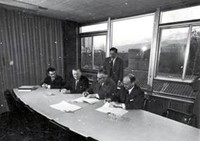
In the meantime, the contract is signed with Esso.
1967
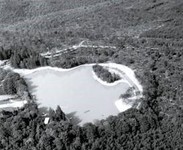
The lake is ready.
Mai 1967
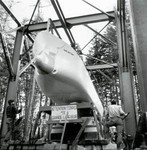
The Brittany arrives at Port Revel.
1967
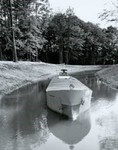
First manoeuvres in the Suez Canal.
1967
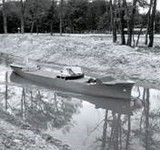
The Berlin testing the canal.
Le 3 Juillet 1967
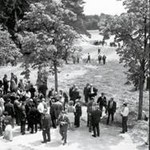
The centre is opened.
During the 1970s, most students were captains, while the first pilots came to discover the center.
During the 80s, the ratio of 9 captains to 1 pilot was reversed.
In the 90s, the first refresher courses were organized for pilots, who returned every 5 years. These courses are less directive and leave more room for customisation, which is a way of optimising port operations to increase port accessibility.
During the current decade, we have seen a change in our relations with pilots. We are now moving towards a closer partnership in which pilots use our installations at their convenience. Courses and equipment are specially designed in close collaboration with the pilots.
